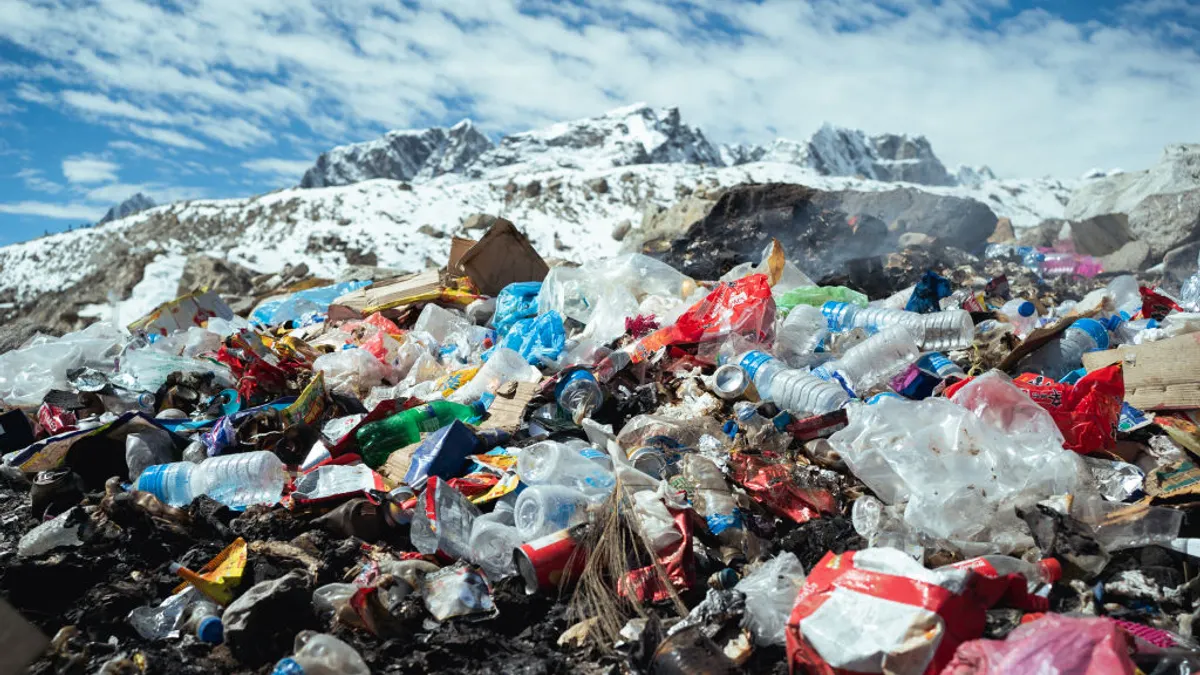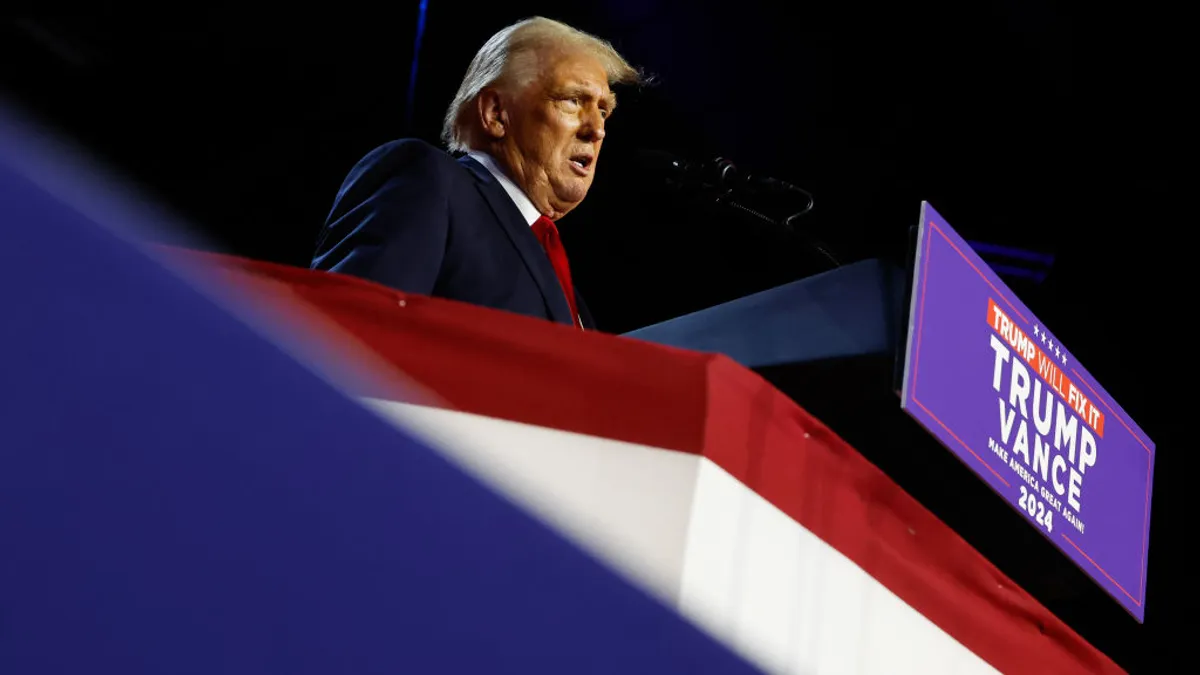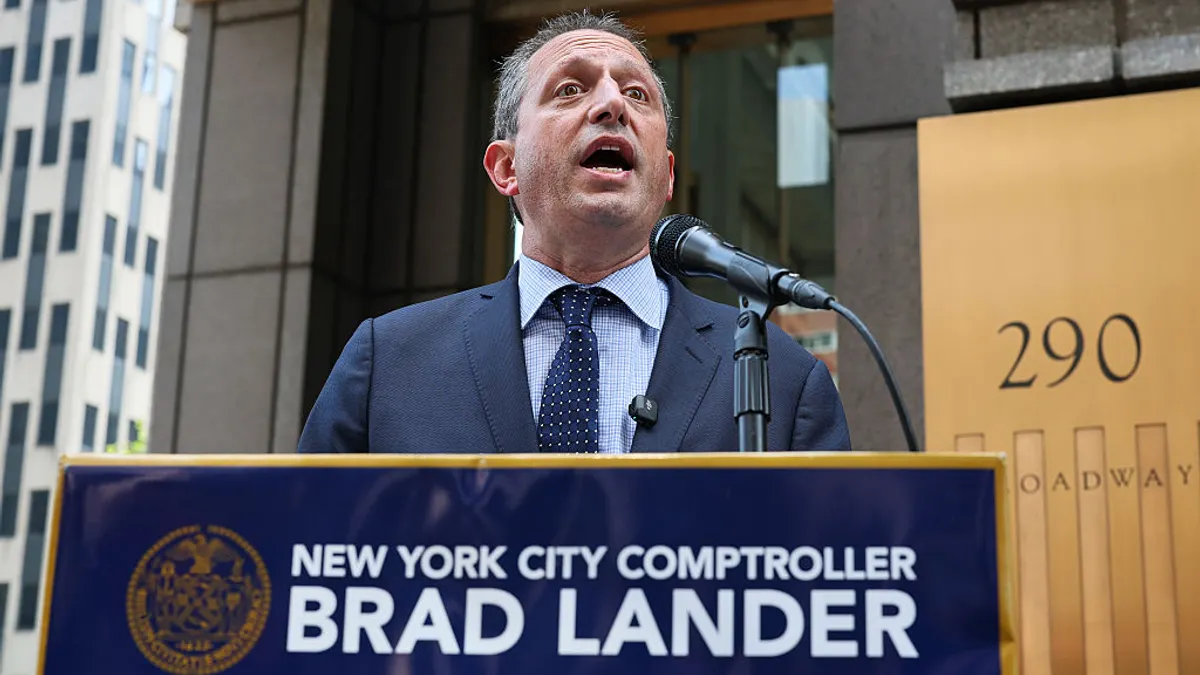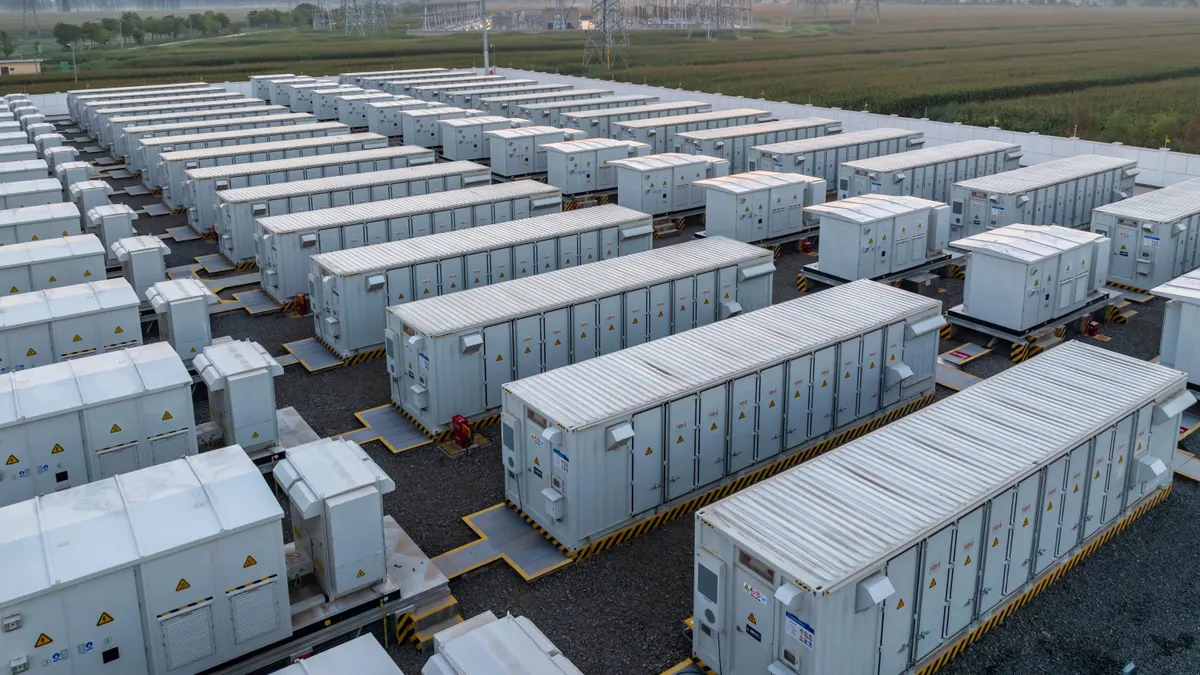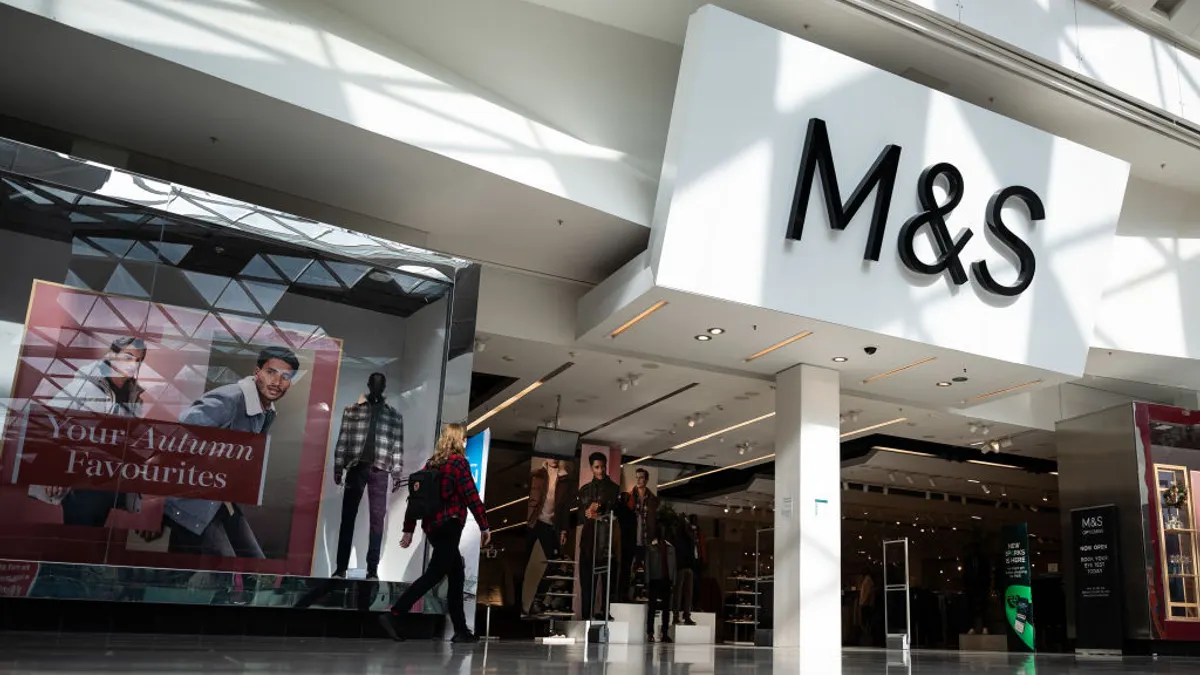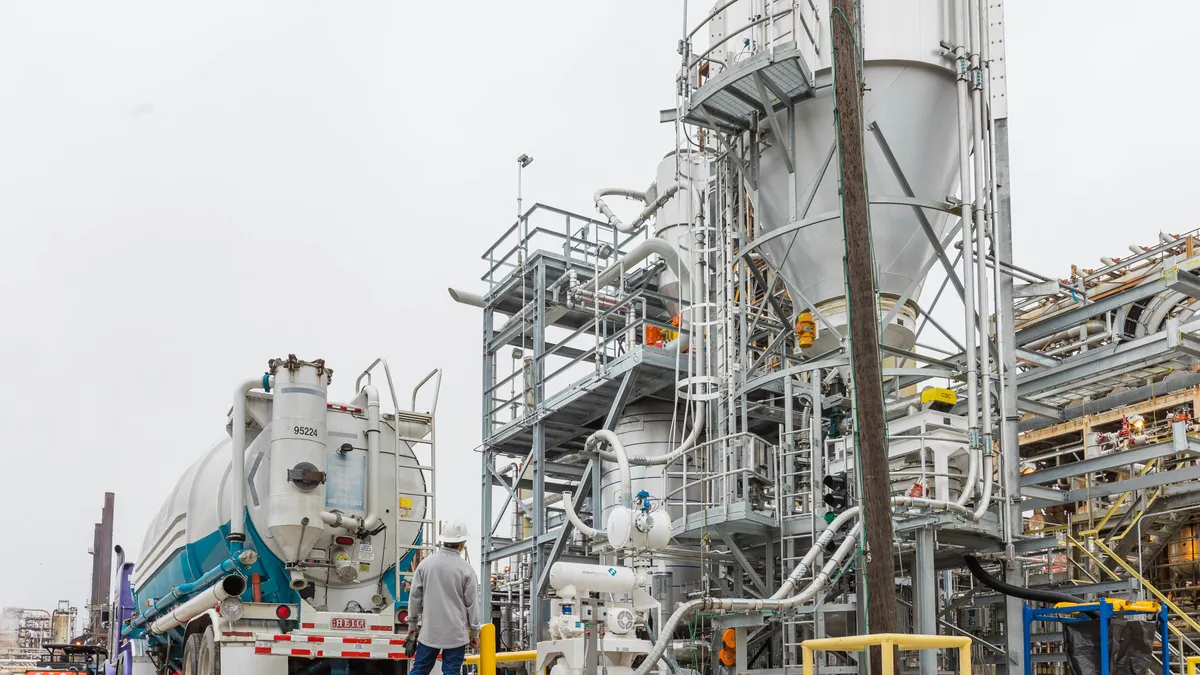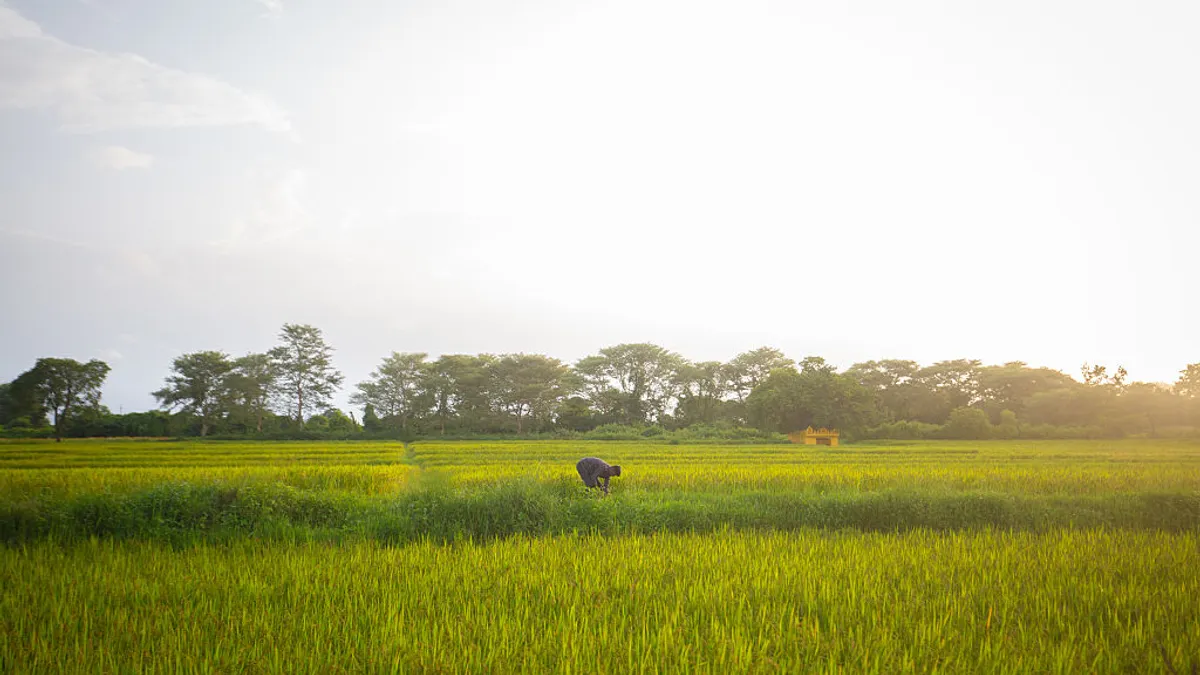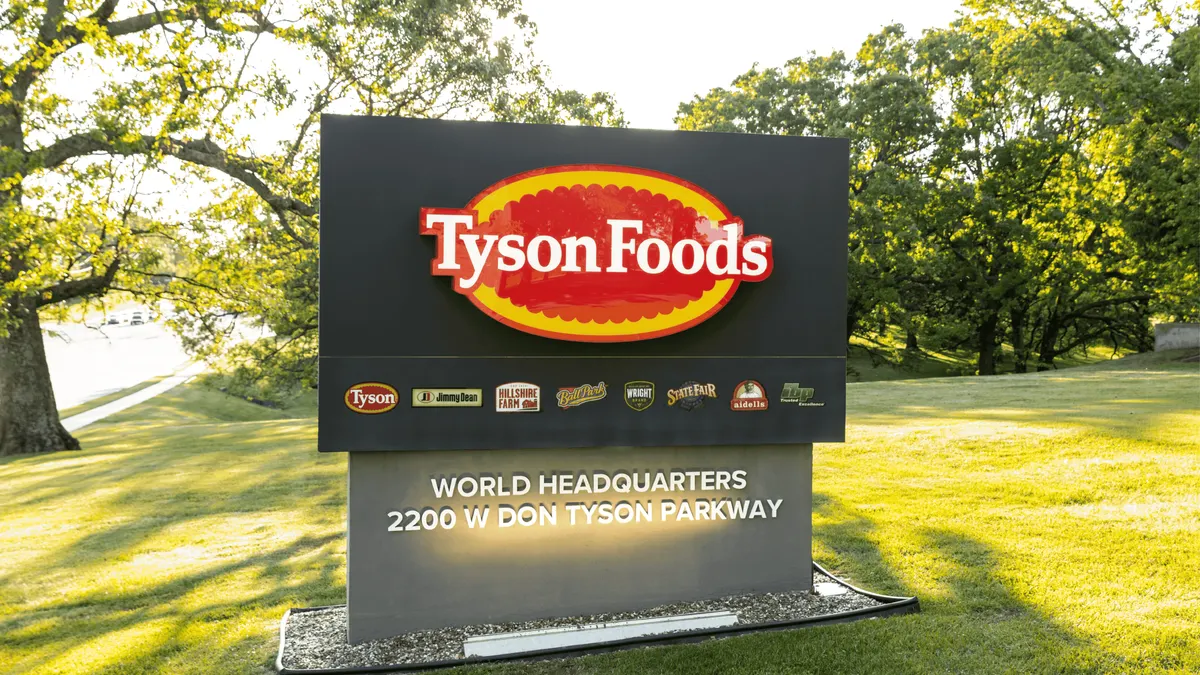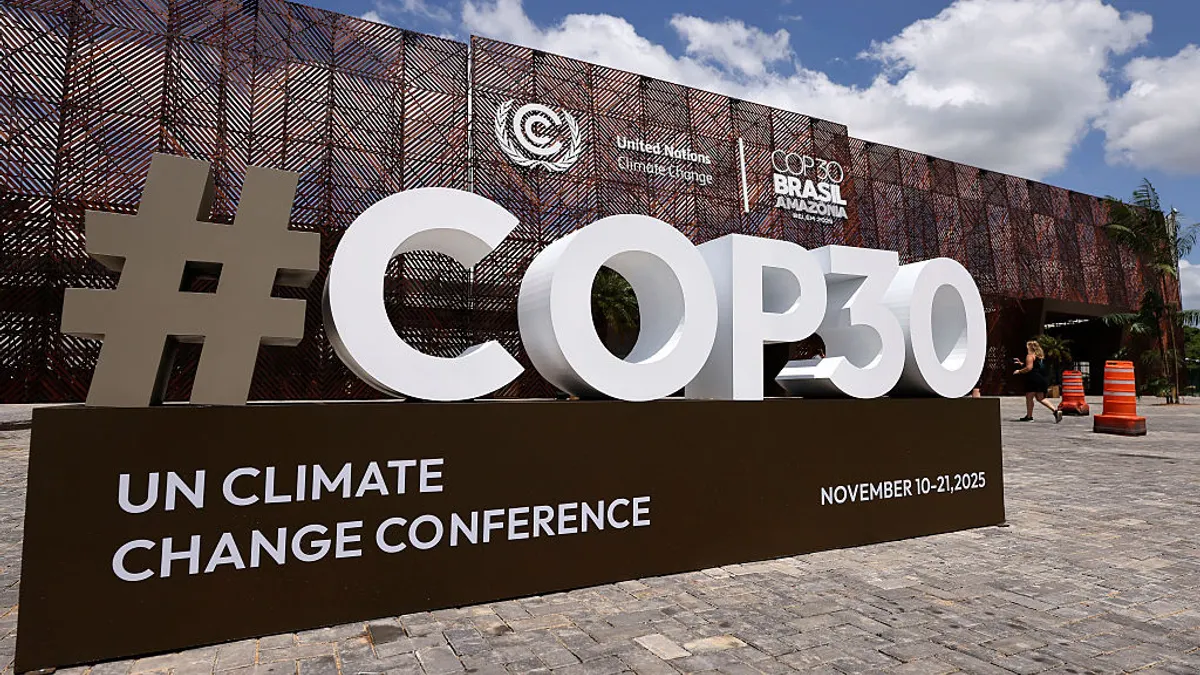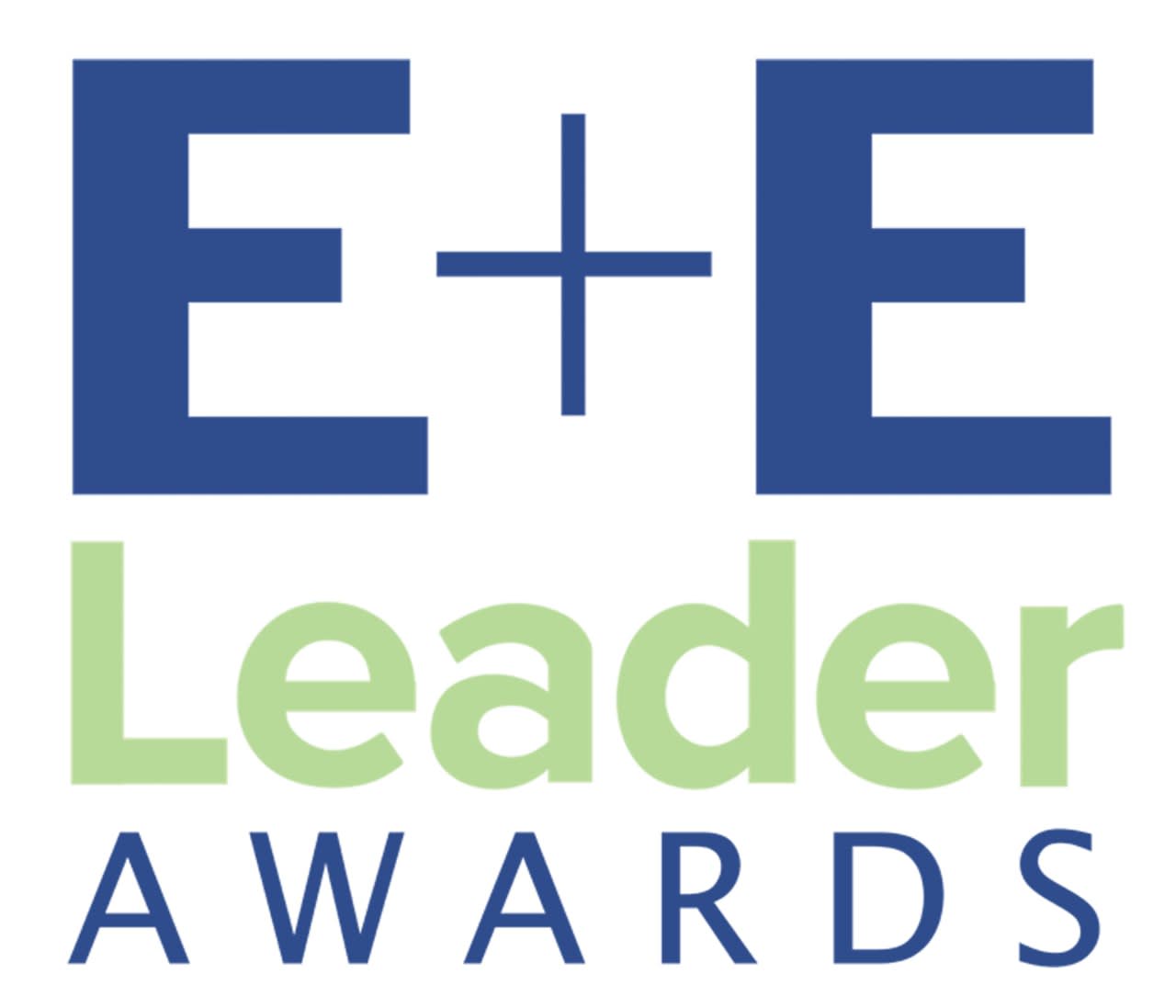Thomas Körmendi is the CEO of Elopak, a global packaging company focused on using sustainable materials and decreasing plastic use and waste. Elopak, which opened its first production plant in the U.S. this year, has a goal of reaching net-zero status by 2050.
Trained under the scorching lamps and fiery tempers of New York’s top kitchens, the chef and author Anthony Bourdain spent the final year of his life imploring Americans to “treat your food like any Italian grandmother would.” That meant not only cooking with love but also making the most of the ingredients in their cupboard and, crucially, never letting anything go to waste.
Seldom one for evangelizing, Bourdain described global food waste as a “sin” that sickened him after years spent traveling in some of the world’s most deprived countries. Today, over 2.3 billion people face moderate or severe food insecurity, while more than a billion metric tons of food is allowed to go to waste every year, per estimates from the United Nations.
The effects of this injustice ripple out far beyond the developing world. According to the UN Environment Program, food loss and waste are responsible for 10% of global greenhouse gas emissions, which is almost five times the carbon footprint generated by the global aviation sector. If food waste were a country, it would have the third highest emissions behind only the United States and China.
As Bourdain’s hometown, New York City, reflects on its annual Climate Week discussions last month, much attention has been paid to the usual suspects of transport, energy and heavy industry. But food is equally deserving of our attention, particularly given how much inequality is baked into these systems.
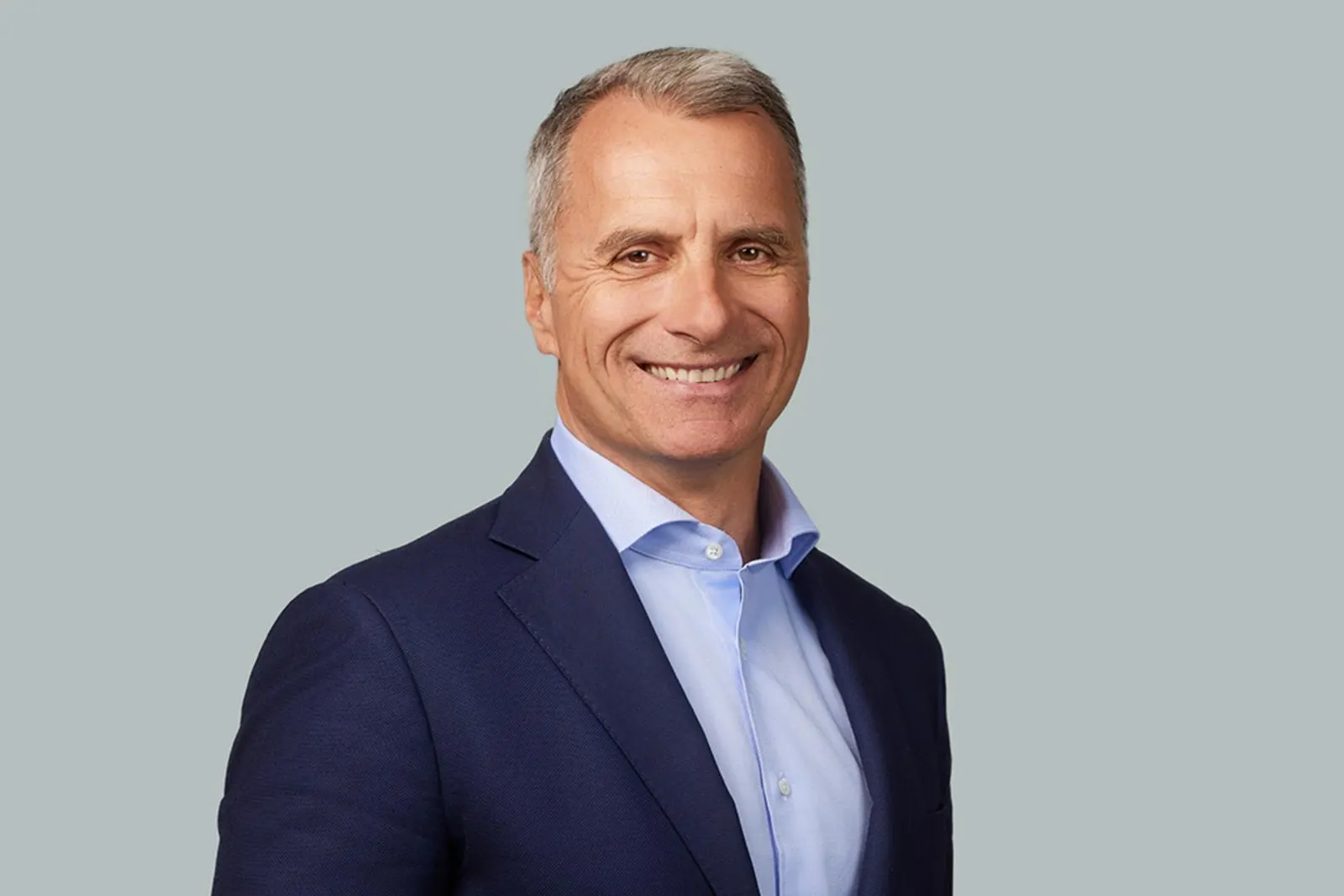
In the U.S. and Europe, most food waste occurs after the point of purchase, scraped into overflowing trash cans or allowed to spoil in the fridge. In developing nations, meanwhile, more food goes off before it can even reach hungry mouths, rotting in fields or perishing in overheated supply chains. In Sub-Saharan Africa, 37% of locally produced food is lost in transit due to issues such as poor infrastructure and a lack of refrigeration, according to a recent report from the World Bank.
It's here that we must look to an unlikely hero. Packaging, so often the bugbear of environmentalists, is the first line of defense for ensuring food safety and preventing waste. Aseptic packaging — which prevents microorganisms from entering a package during and after packaging — for essential products like milk, juice and even baby food can keep products stable for months and prevent waste in the most convoluted and inhospitable supply chains.
At the same time, advancements in fresh packaging are helping families to live up to the standards of even the strictest Italian grandmother. With fresh milk, for instance, the latest generation of carton filling machines now uses the same high-efficiency particulate air filters popularized during the COVID-19 pandemic, extending shelf-life up to 60 days.
Further technological innovation, as well as the continued spread of modern packaging infrastructure in the developing world, can help to put a lid on food waste and tackle not only a startling injustice but also a major source of global emissions.
Of course, packaging — especially plastic packaging — comes with its own problems. In the U.S., 73 million metric tons of plastic waste is produced each year, 37% of which comes from packaging. This litter not only clogs up oceans and waterways but is itself a major source of greenhouse gas emissions. A survey by the World Wildlife Fund found that 85% of Americans consider plastic pollution to be a “serious and concerning problem” that requires immediate attention.
The challenge for the food industry is to thread the needle of transitioning away from plastics while still working to drive down food waste. Dozens of food manufacturers — including Coca-Cola, Danone, and KraftHeinz — called on UN negotiators in August to back a global cap on plastic production to help encourage the adoption of more sustainable alternatives. Sadly, these talks collapsed without a treaty after intense lobbying from the petrochemicals industry.
Nevertheless, the wind is blowing in the right direction. A 2024 poll conducted by NPR, PBS and Marist found that one-in-three Americans have decreased their reliance on single-use plastics in the last five years.
This is in line with a broader shift in consumer attitudes and demands. A recent Getty Images report found that 69% of global consumers think climate change directly affects their daily lives, while 86% believe businesses should use their resources to improve society and the environment.
At Elopak, we see a growing number of brands transition their products out of plastic bottles and into cartons made from paper fibers. This packaging contributes up to 73% fewer emissions than bottles made of polyethylene terephthalate, or PET, and can help products like milk stay fresher for longer.
Regulation now appears to be playing catch-up with the sustainability ambitions of food companies and their customers. The primary role of packaging — to preserve freshness and prevent waste — is still fundamental, but is increasingly coupled with a desire to reduce plastic waste and drive down emissions.
As we reflect on this year’s Climate Week NYC, we still urgently need to tackle ingrained injustices in our food systems. Food waste and plastic waste are deeply intertwined and present a major hazard to the health of both humans and our planet. Packaging sits at the epicenter of the two issues, presenting a challenge but also a part of the potential solution. It’s time we started making the most of what’s in our cupboards.

